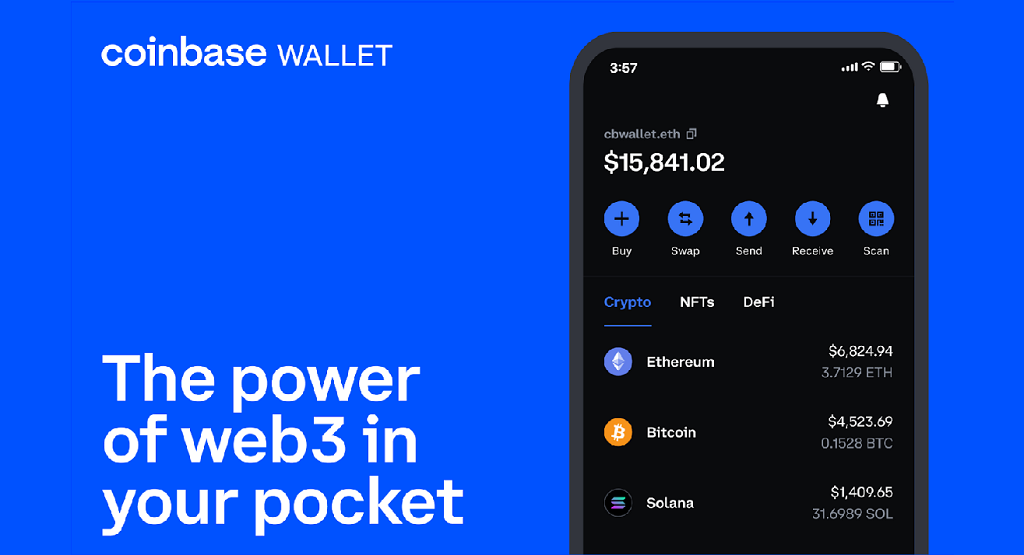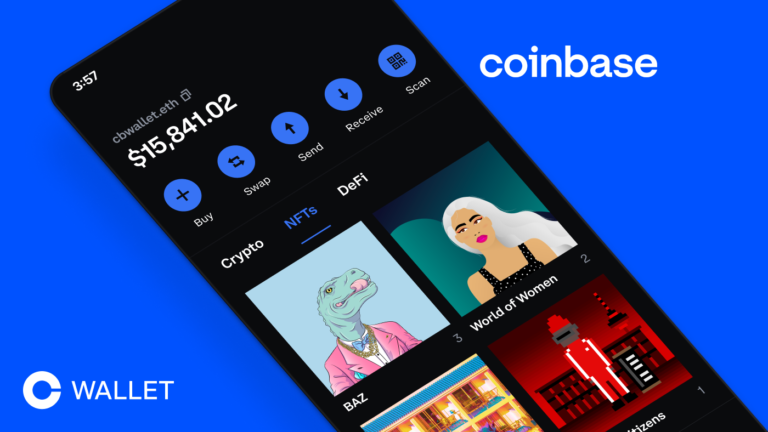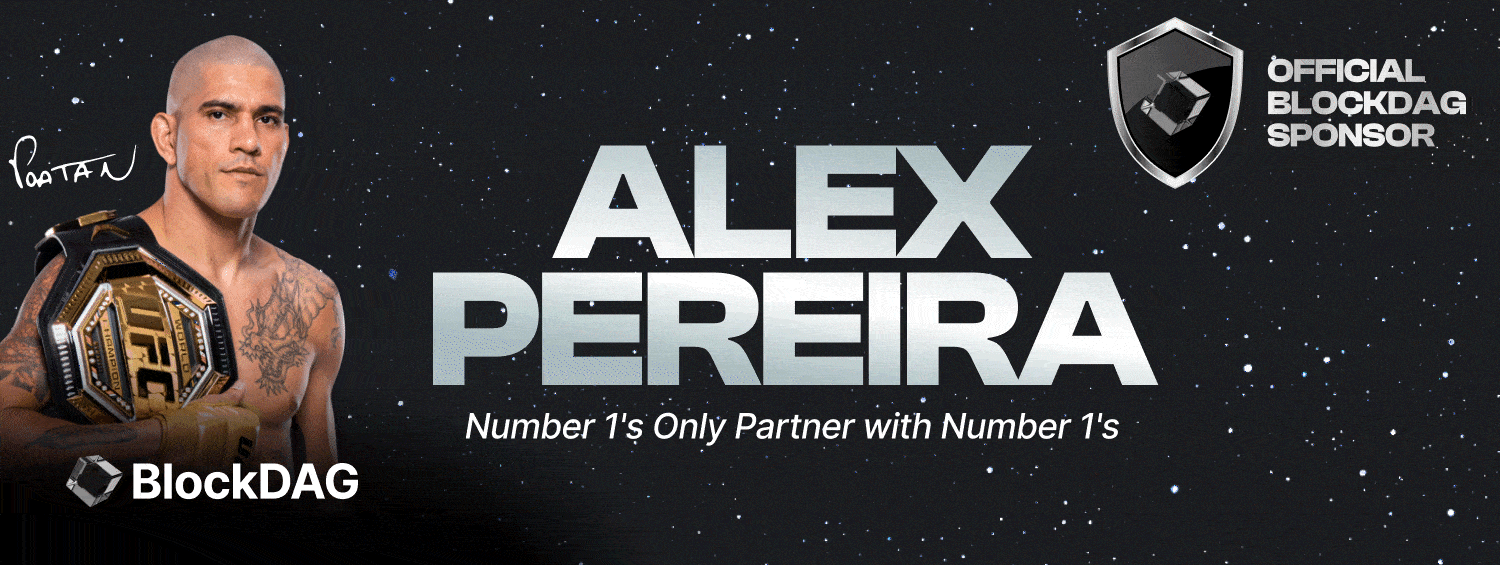
Coinbase is releasing a new version of its crypto wallet that will allow users to access their portfolios from multiple platforms in a single place.
The company said in a July 11 statement that the new wallet will be available through a website on desktop and mobile devices. Users will be able to connect any self-custodial wallet supported by Wallet Connect, including MetaMask and Phantom wallets, to have an aggregated view of assets across applications. Users don’t need to have a Coinbase wallet to use the service.
Coinbase’s self-custody wallet first arrived as a mobile app in 2017. Since then, crypto has evolved into a rapidly-expanding app platform that spans multiple chains. Today Coibase introduce the next chapter for Coinbase Wallet with an entirely redesigned mobile app, built from the ground up to be intuitive, user-friendly, and purpose-built for the multichain world of web3.
This is in a continued effort to make access and user experience easier for newcomers to the space. The crypto exchange has previously said it plans to turn into a “super app”.
According to Coinbase, the solution seeks to address retail user demand to track non-fungible tokens (NFTs) and decentralized finance (DeFi) positions across wallets. “Many people also manage several crypto wallets and achieving a comprehensive view of all their assets in one place has been a challenge,” said Coinbase.
The exchange isn’t the first company to provide this service. Zerion Wallet, for example, allows users to connect multiple wallets and track crypto portfolios, including NFTs and DeFi positions. The platform supports several blockchains, including Ethereum, BNB Smart Chain and Polygon.

Coinbase’s wallet will offer support to assets across Bitcoin, Solana and Ethereum-based chains. Sid Coelho-Prabhu, Coinbase’s senior director of product management, said no fees will be charged to users of the platform: “Users do continue to pay network transaction fees (not Coinbase fees) for most assets when sending or receiving assets, as they would with any self-custodial wallet.”
Users of Coinbase wallet have been targeted by sophisticated phishing attacks, scams and other vulnerabilities in the past. In some cases, even Coinbase support employees were reportedly tricked, leading to unauthorized access and theft of funds.
Coinbase says its security team continuously develops new features and security measures to protect user assets, such as biometric authentication, passwords, security locks, approval alerts and spam token management.
“No platform, regardless of its safety measures and sophisticated security technology, is immune from users potentially falling victim to scams. Security is a shared responsibility — everyone has a role to play,” explained Coelho-Prabhu, explaining that educating customers has been an important step in improving security.
Embedded, smart wallets
In March, Coinbase introduced two new wallet solutions focused on integrating and balancing transfers across Ethereum Virtual Machine (EVM) applications. These solutions specifically targeted developers’ onboarding to its layer-2 blockchain, Base.
The first solution, a smart wallet, allows users to carry their balances across different EVM-compatible apps integrated with the Coinbase Wallet SDK. The second is an embedded wallet that enables developers to integrate non-custodial, white-labeled wallets into their applications.
For Coinbase, the new app is another step towards the company’s long-term goal of becoming a “super app,” similar to China’s popular WeChat. If that continues to be the end goal for the exchange, broadening access to a wider audience is crucial.


























